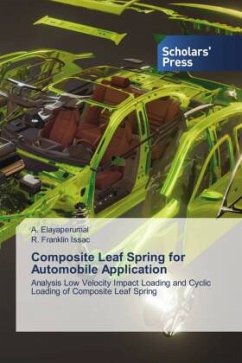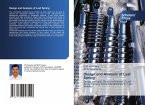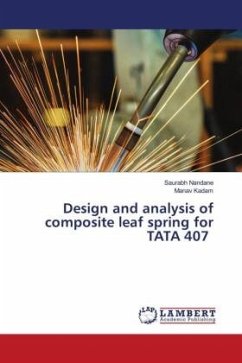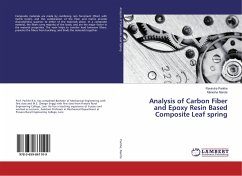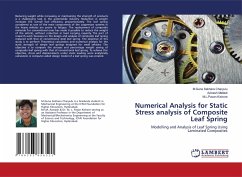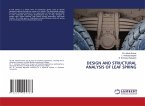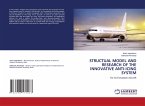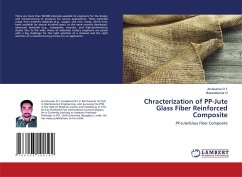Carbon and Glass fibers are preferred to manufacture the composite leaf spring due to due to its high elastic strain energy, storage capacity and strength to weight ratio. The layup method is selected to fabricate the longitudinal unidirectional composite leaf spring. An existing conventional middle leaf spring was used for dimensions of a commercial vehicle to design and manufacture the die for molding the composite leaves. The analysis showed that the cross sectional area of conventional leaf spring is same as of composite leaf spring. The load per deflection and maximum load for all the composite leaf springs were evaluated using the universal testing machine (UTM). Apart from this the specimen from them were also exposed to low velocity impact loading with specific duration of cycles to evaluate the flexure response. The experimental results of hybrid composites of superior flexure, suggests the other possible alternatives on comparison with conventional spring.

